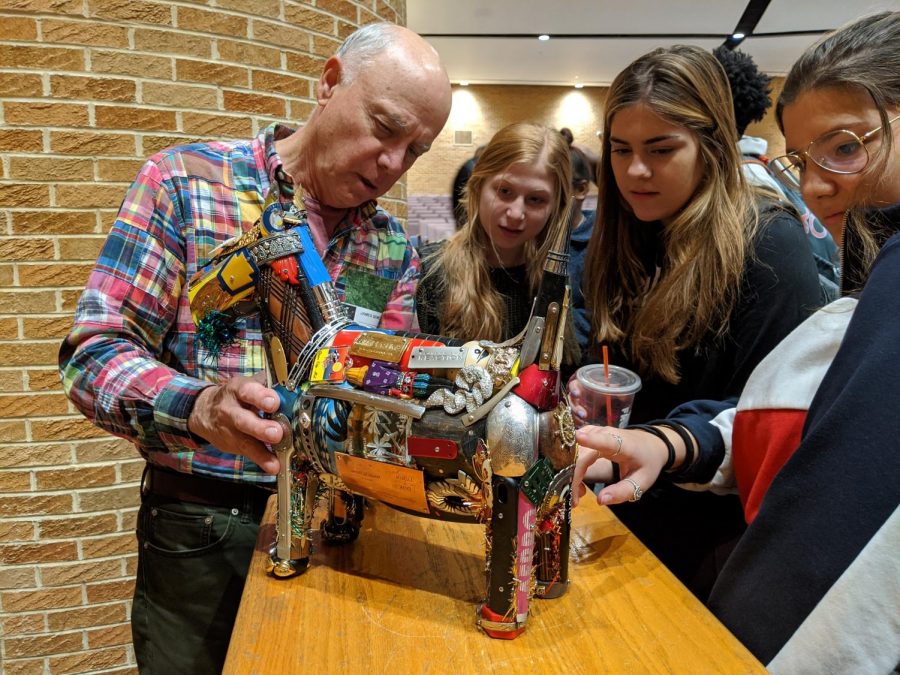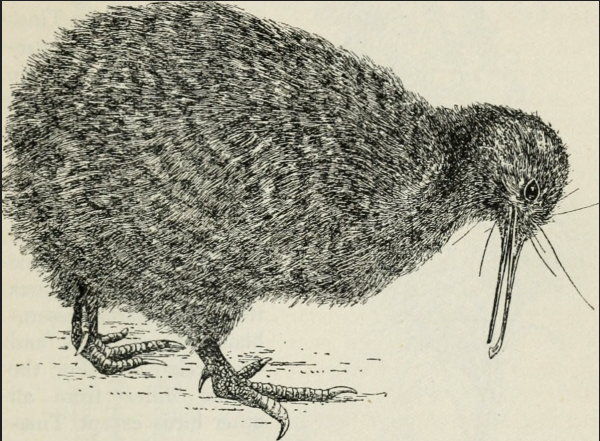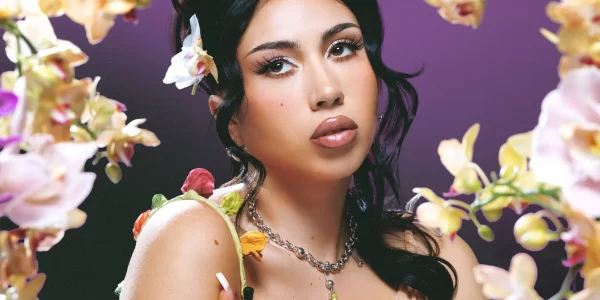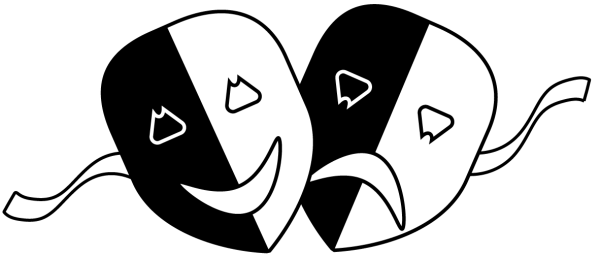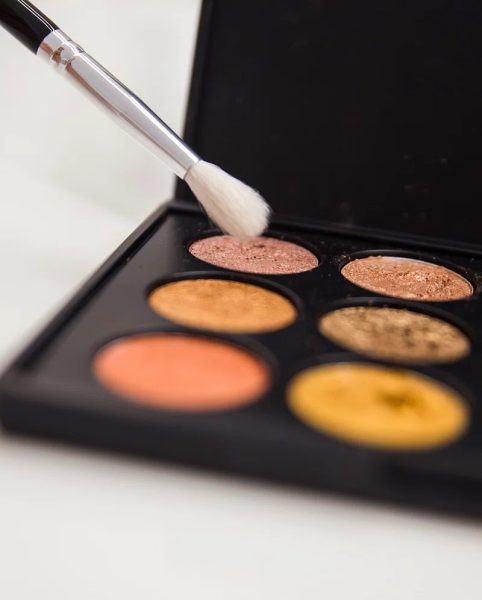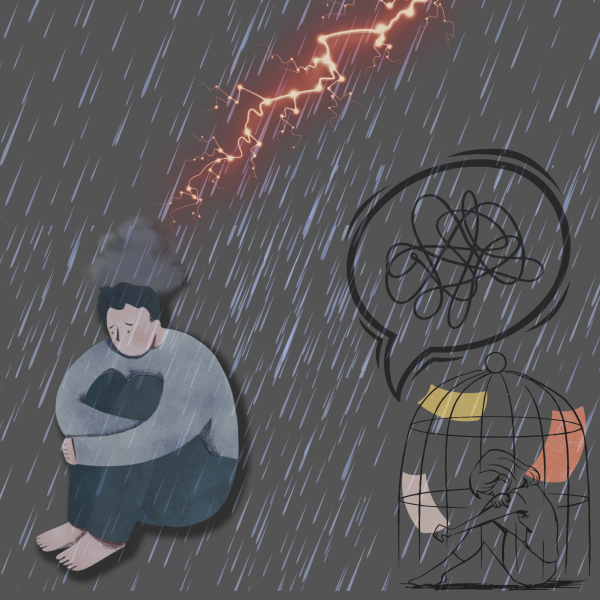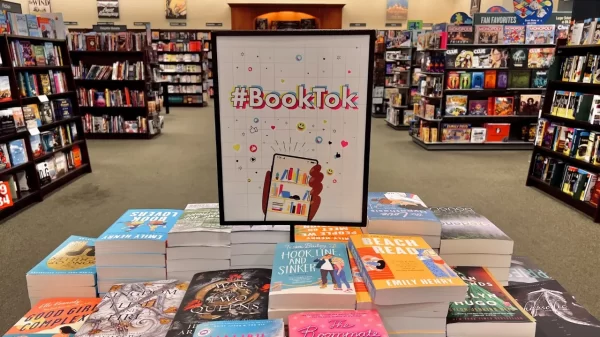Turning a childhood hobby into a life-long career
Artist Leo Sewell shows one of his pieces to the art students.
Leo Sewell just wants joy.
“I just want people to smile,” he said to art students in the Performing Arts Center in November. Having created 4,000 works in the last fifty years, Leo Sewell has reconstructed the traditional idea of art.
Influenced by Marcel Duchamp, with the intention of confusing the viewer, Sewell has stepped “outside the box” and has experimented with sculpting, always looking for new ways to catch the viewer’s eye and attention.
Leo Sewell was born in Maryland in 1945. Growing up, he frequently went to his father’s shop and playedsa with junk. The budding artist would bring objects home and take them apart, fascinated by the things others saw as garbage.
Instead of seeing this junk as “trash,” young Sewell saw it as both a new idea and a new project; he found a new purpose for things that would otherwise be considered useless.
Eighteen years later, Sewell attended the University of Delaware in 1963. “Art can be anything and it really was in the Sixties,” he said. Art in the Sixties was bold and colorful; it was all about expressing emotions and exploring new ideas.
Turning his childhood hobby of playing with junk into a career, he wrote his masters thesis on collecting junk. Sewell took his passion, what fascinated him as a child, and turned that passion into a career. “I wasn’t out to save the world,” he said, “I was out to play with junk.”
However, making his passion into a paying career did not come easy. Sewell said, “It had gone a month and the phone hadn’t rung. That was very upsetting. Certainly there were insecure times.”
Although making art into a career has its struggles, Sewell advises aspiring artists to pursue their passions: “Now, art is a growing section. (It has a) combination of classical techniques with the digital. It is an area I would pursue now and if you want to, should.”
Ms. Hughes, who teaches art, was fortunate to have Leo Sewell visit. “The students and teachers who were able to attend his lecture were impressed by his work, level of celebrity, and kindness,” she said.
Her favorite thing about the discussion was that when he was asked what his purpose. “He just wants to make people happy,’” she said.
“Leo Sewell is a great example of the idea that you can turn just about anything into art,” she said, “even a pile of junk, with creativity and hard work.”

